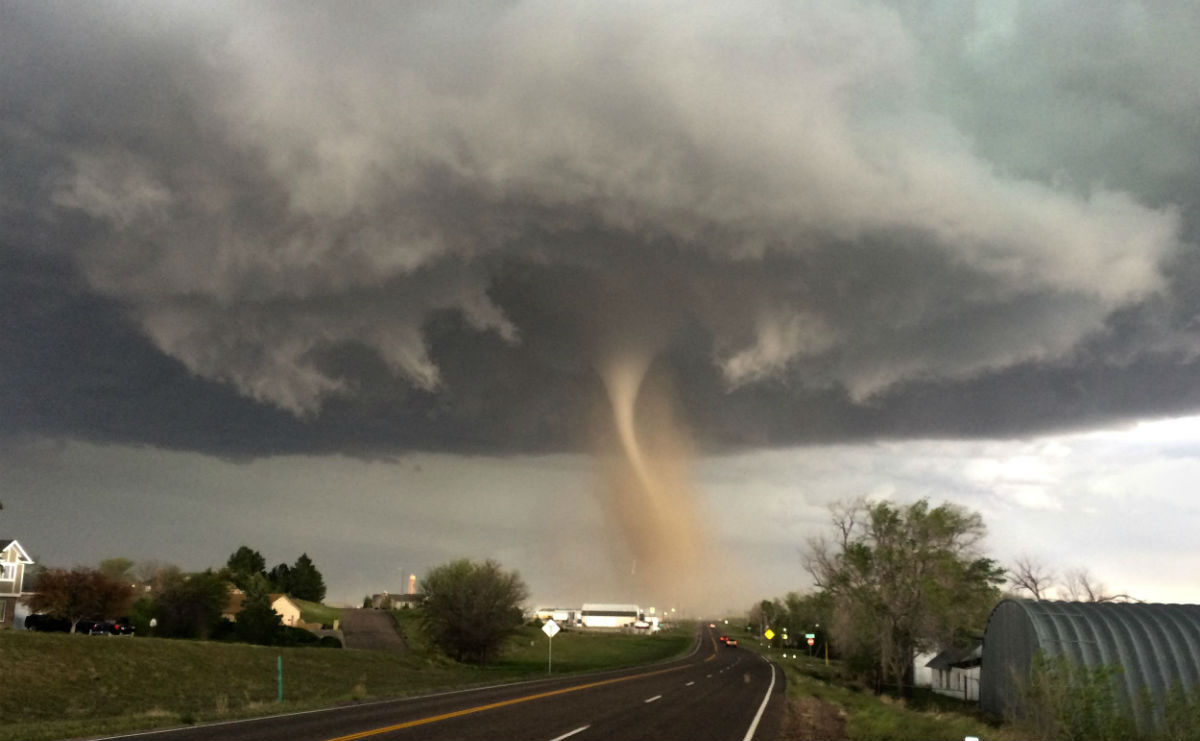
- #Big weather chasing tornadoes in the heart of america Patch#
- #Big weather chasing tornadoes in the heart of america portable#
As journalist Brantley Hargrove writes in his new book The Man Who Caught the Storm, Samaras worked to change the face of tornado science, helping researchers better understand how changes in pressure, humidity, winds and air temperature conspire to produce a phenomenon so powerful it can snap trees, flip cars or even derail a multi-ton train. But Samaras was a seasoned chaser who pursued tornadoes for over two decades. Their deaths may not seem surprising storm chasing, as you might expect, has its risks. The violent winds enveloped Tim Samaras, 55, his son Paul Samaras, 24, and his colleague Carl Young, 45, toppling their car like a toy in a breeze. Each of those deaths was significant, but three were particularly unusual: the first storm chasers ever known to be killed in a tornado. Over the course of its 40-minute rampage, the twister caused millions of dollars of damage, 115 injuries and 20 deaths. At its peak, researchers estimate that the twister spanned 2.6 miles across. Two hours later, the tornado that touched down defied weather experts’ predictions, rapidly changing speed and direction and swelling to record-breaking sizes. local time, the winds shifted slightly and the afternoon shower turned deadly. On the darkening horizon, thick clouds billowed in a promise of rain.īut around 4 p.m. The afternoon was hot, the air heavy with moisture. "About this title" may belong to another edition of this title.Seemed like just another rainy spring day in El Reno, Oklahoma.
#Big weather chasing tornadoes in the heart of america Patch#
On a big weather day, they descended en mass upon some small patch of the American republic-some Selina or Seling or Slapout, to gather by the hundreds, blocking traffic for a country mile, cattle lifting their heads in puzzlement, as the storms did the fearful things that storms do, and they, whoever they were, in a bald, unguarded moment on the prairie, found themselves hopping up and down and hollering at the sky. Some were scientists, their laboratory the Oklahoma sky. Some were reporters, sent at a moment's notice in foul weather gear, a meteorologica celebratorium, to feed a market rich in catastrophilia. Some were tourists from England, or Europe, or Australia, or South Africa-a meteorologica migratorius, those who, like Saul on the Damascus road, had seen big weather and had been changed at the core. They were weather weenies, savants of all things meteorological-liable to vanish suddenly, to wander out of doors for days, then return, their pickup trucks pocked by hailstones, their eyes like saucers.
#Big weather chasing tornadoes in the heart of america portable#
They arrived in expensive SUVs equipped with portable satellite dishes, ham radio antennae, custom hydrometers, twirling anemometers, and roof-mounted amber flashing lights. He lives in New York City with his wife, the novelist Martha McPhee, and two children, Livia and Jasper.Įxcerpt.

Poet in residence at Fordham University, Svenvold has won The Nation's "Discovery" Award for poetry. Mark Svenvold's first book of nonfiction, Elmer McCurdy: The Misadventures in Life and Afterlife of an American Outlaw, was a Book Sense 76 pick. "synopsis" may belong to another edition of this title. And they're all after one thing.Īt the heart of the excitement are the awe-inspiring events themselves-a tornado that levels a small Nebraska town, wild twisters that spin cars into the air and, in the case of unlucky Donald Staley, destroy three of his homes in succession.Īn entertaining narrative brimming with stylish prose, Big Weather is a wryly observed meditation on the weather and the subculture of catastrophilia, the culture and commerce of catastrophic weather. Along the way, he encounters an assortment of eccentric characters, including a duo named the Twister Sisters and an IMAX filmmaker who drives an armor-plated truck. With Matt Biddle, an Ahab-like veteran storm chaser, as his guide, Mark Svenvold draws a portrait of a culture enamored by extremes during a 6,000-mile journey through the heartland. Why do some people chase the kind of storms that would send most people running for their lives? Why does devastating weather maintain a primal hold on our collective imagination?

Wherever he touches down, he informs and amuses, and marvels not only at the weather, but also at the stranger side of Middle America." -National Geographic "Svenvold clearly paid his dues in Tornado Alley.


 0 kommentar(er)
0 kommentar(er)
